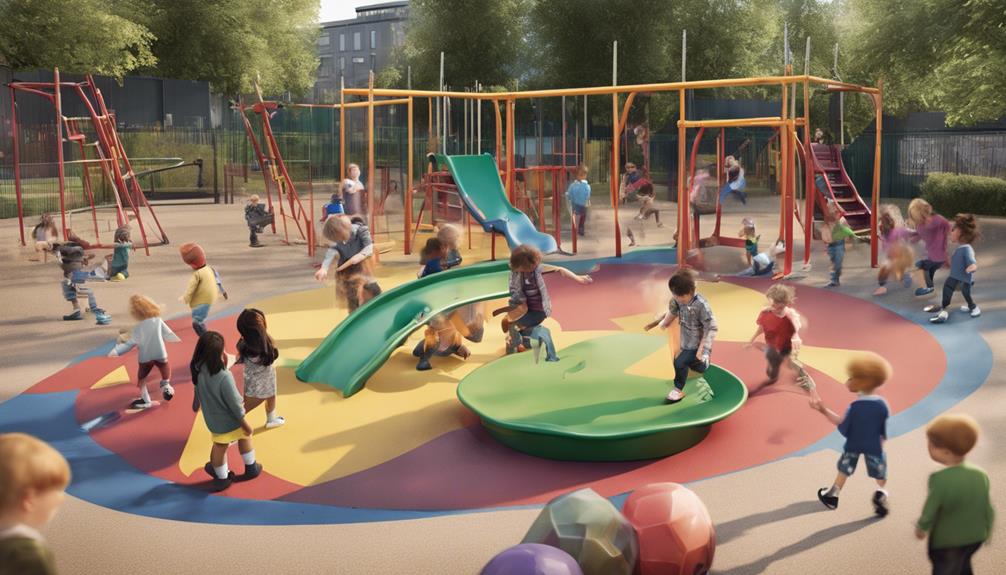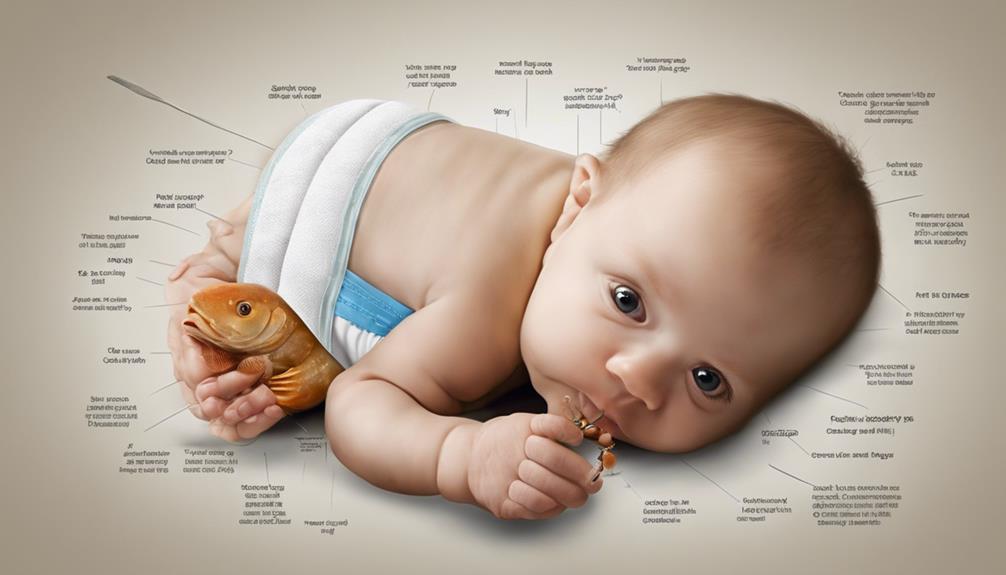As we explore the intricacies of safeguarding children in Scotland, the essential importance of proactive measures and complete strategies becomes evident.
The journey towards ensuring children's equal protection is not merely a task but a collective responsibility that requires a nuanced understanding of legal frameworks and inclusive practices.
Let's explore into the layers of this guide, where each section reveals key principles and actionable insights that pave the way for a more secure and equitable future for every child.
Key Takeaways
- Implementing legal frameworks and equality strategies safeguards children's rights and promotes inclusive environments.
- Prioritizing children's well-being through collaborative efforts and early intervention strategies enhances protection mechanisms.
- Upholding non-discrimination policies and valuing diverse perspectives are essential for ensuring equal protection for all children.
- Empowering individuals and organizations through engagement and a rights-based approach strengthens child protection practices in Scotland.
Legal Frameworks for Child Protection
In Scotland, the legal frameworks for child protection are outlined in the Children (Scotland) Act 1995 and the Children and Young People (Scotland) Act 2014. These laws set clear duties and responsibilities for safeguarding children from harm and promoting their welfare. They guarantee children's rights, including legal protection from assault, in alignment with the United Nations Convention on the Rights of the Child (UNCRC).
The emphasis on safeguarding children involves partnership working among public authorities, professionals, and individuals. Information sharing and early intervention strategies play crucial roles in identifying and addressing risks to children's well-being.
Importantly, the legislation highlights the significance of promoting welfare by considering children's views in decision-making processes regarding their protection and overall welfare. By integrating these elements into the legal framework, Scotland aims to uphold the principles of the UNCRC and provide a solid foundation for safeguarding children's safety, security, and equal treatment.
Strategies for Equality Promotion

Embodying a holistic approach to advancing equality, Scotland's strategies for promoting equality are deeply intertwined with the protection and well-being of children. In Scotland, the commitment to children's rights and equal protection is evident through various initiatives and laws:
- Implementation of the UNCRC Bill, the Fairer Scotland Duty, and the Public Sector Equality Duty to tackle socio-economic inequalities and guarantee children's rights are upheld.
- Public authorities taking a leadership role by aligning with UNCRC Articles, national frameworks, and plans to promote children's rights and reduce disparities.
- Integration of the Children's Human Rights Approach into policy areas, emphasizing the significance of respecting children's rights across different sectors and decision-making processes.
These strategies not only aim to address immediate concerns but also work towards creating a sustainable environment where children are safeguarded, their rights are respected, and their well-being is prioritized in all aspects of society.
Resources for Safeguarding Children
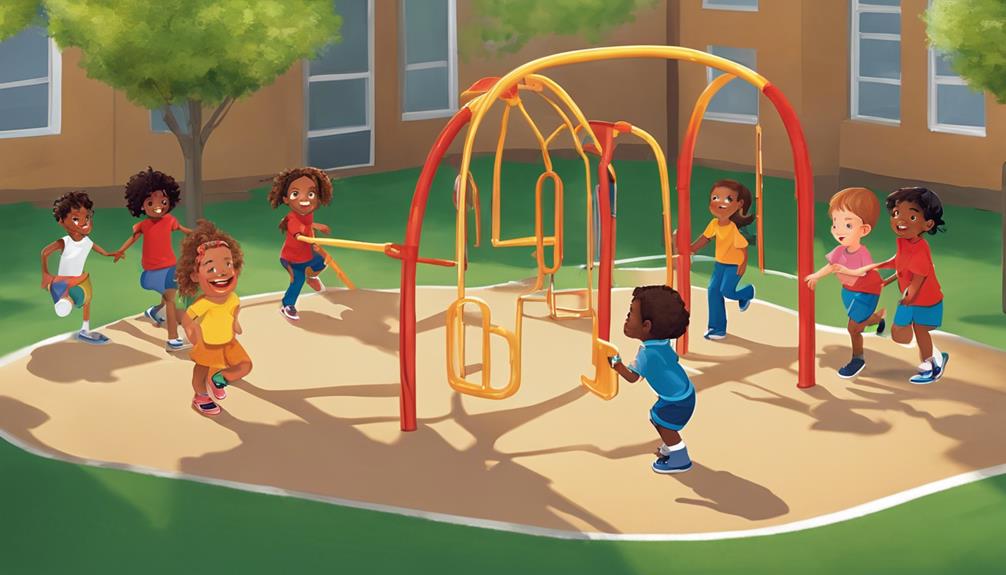
With a focus on collaboration and stakeholder input, Scotland's approach to safeguarding children is thorough and informed by best practices and legislative guidance. The Scottish Government upholds children's rights by implementing the Children (Equal Protection from Assault) (Scotland) Act 2019, which prohibits physical punishment.
Safeguarding resources in Scotland prioritize child protection through preventative measures, emphasizing the importance of engaging with families and agencies to prevent harm. Legislation and guidance serve as essential tools in ensuring the safety and well-being of children, with a strong emphasis on considering children's views in decision-making processes.
Stakeholder collaboration plays a critical role in developing effective safeguarding resources, drawing insights from Significant Case Reviews and practitioner input. By integrating diverse perspectives and experiences, Scotland continues to enhance its strategies for safeguarding children and creating a protective environment that upholds their rights and prioritizes their safety.
Key Principles for Inclusive Environments
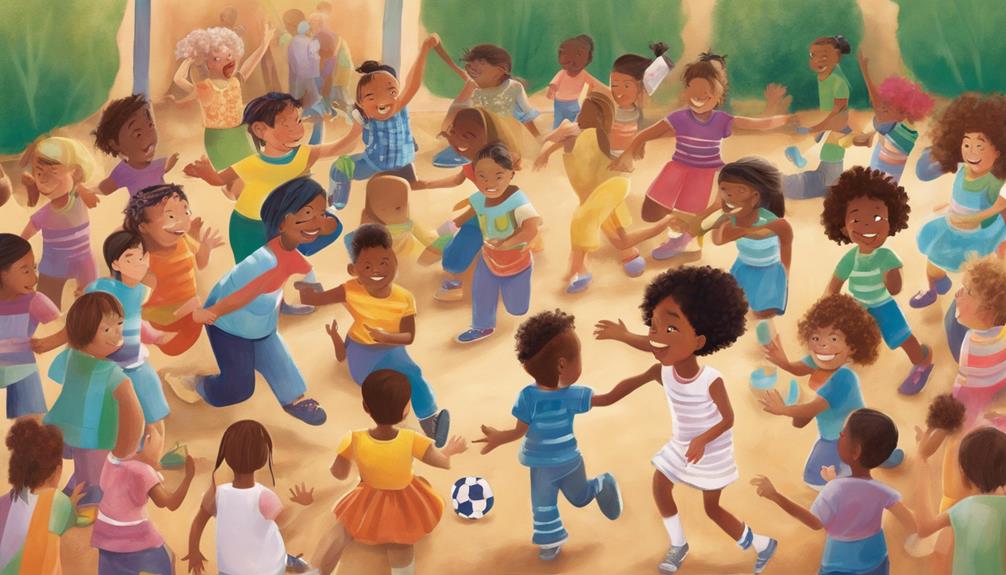
Promoting diversity, equity, and accessibility is foundational to fostering inclusive environments that prioritize the well-being and participation of all children. In creating such environments, we must adhere to key principles that guide our actions and decisions:
- Respect and Dignity: Upholding children's rights to be treated with respect, dignity, and kindness in all interactions and settings.
- Non-Discrimination: Ensuring that every child is valued and included without any form of discrimination based on characteristics like race, gender, or ability.
- Safe Spaces: Establishing environments that are free from bullying, harassment, and exclusion, where children feel safe, supported, and able to express themselves freely.
Empowering Individuals and Organizations
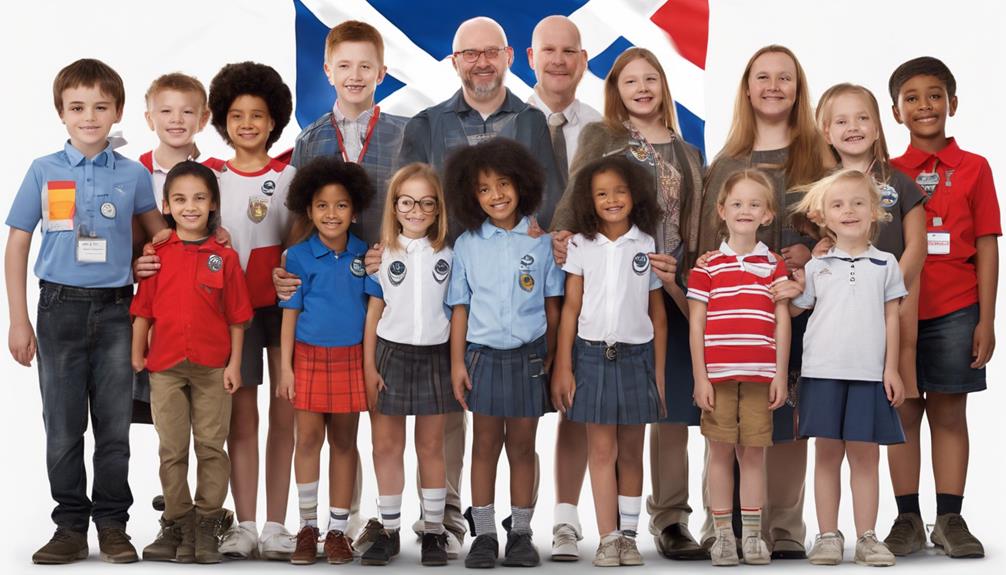
In nurturing inclusive environments for children, our focus shifts towards empowering individuals and organizations through promoting children's rights and responsibilities.
Empowering individuals means actively engaging with children, families, and communities to guarantee their voices are heard in decision-making processes and policy development. It involves fostering a collaborative approach that integrates the strengths and perspectives of all stakeholders, embracing a strengths-based methodology to support the well-being and protection of children.
By centering on children's rights and responsibilities, organizations can create a culture that values the contributions and experiences of children, young people, and families. This approach not only enhances organizational practices but also reinforces the importance of upholding children's rights in all aspects of their lives.
Ultimately, empowering individuals and organizations in this manner cultivates a supportive environment where children are respected, valued, and actively involved in shaping their own future.
Frequently Asked Questions
What Is the National Guidance for Child Protection in Scotland?
We follow Scotland's national child protection guidance, emphasizing collaboration among agencies, parents, and communities. It prioritizes preventing harm and safeguarding children's rights. Our approach integrates best practices, stakeholder feedback, and insights from case reviews, ensuring children's well-being.
What Are the Grounds for a Child Protection Order in Scotland?
We grant Child Protection Orders in Scotland based on significant harm or neglect risks to children. Orders address well-being, safety, and development concerns, supported by evidence of abuse or neglect. Authorities prioritize child safety and protection.
What Is Children Equal Protection Scotland?
We are Children Equal Protection Scotland, a beacon illuminating the path to safeguarding children in Scotland. Our guidance nurtures collaboration, prioritizes children's voices, and instills a culture of prevention and protection from harm.
What Is the Child Protection Guidance in Scotland 2014?
The Child Protection Guidance in Scotland 2014 outlined responsibilities and expectations for child protection, emphasizing partnerships between agencies, parents, families, and communities. It focused on preventing harm, protecting children from abuse and neglect, and incorporating best practices from practitioner and stakeholder experiences.
Conclusion
To summarize, ensuring children's equal protection in Scotland requires a collaborative effort from all sectors. By aligning policies with UNCRC articles, promoting equality strategies, and empowering individuals and organizations, we can create inclusive environments where every child is safe and supported.
For example, by implementing feedback mechanisms in schools, we can address issues of bullying and discrimination, creating a more positive and inclusive learning environment for all students.
Together, we can make Scotland the best place for children to thrive.
